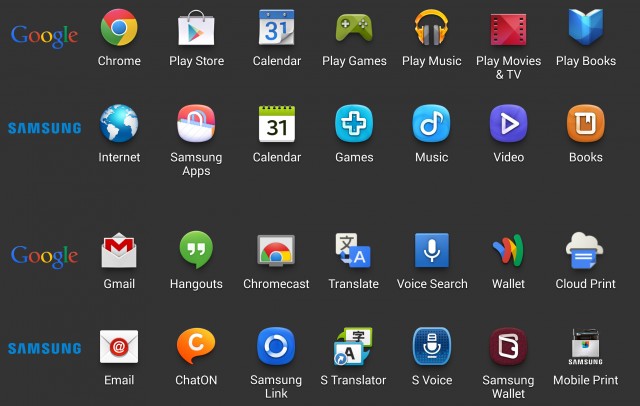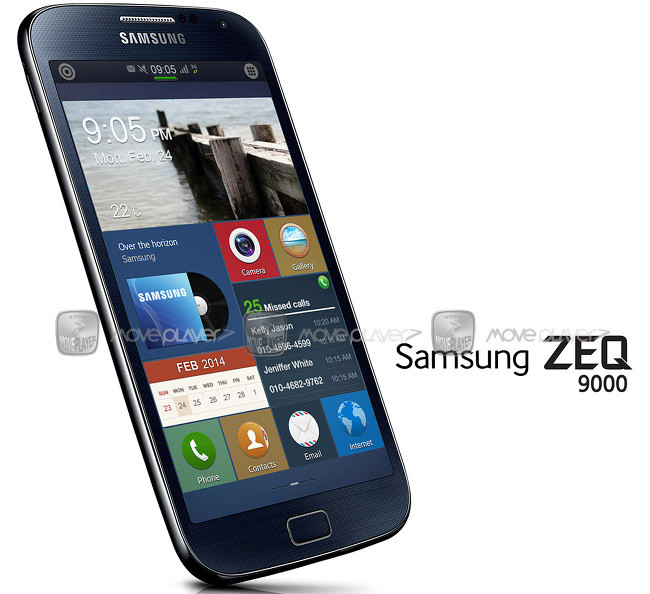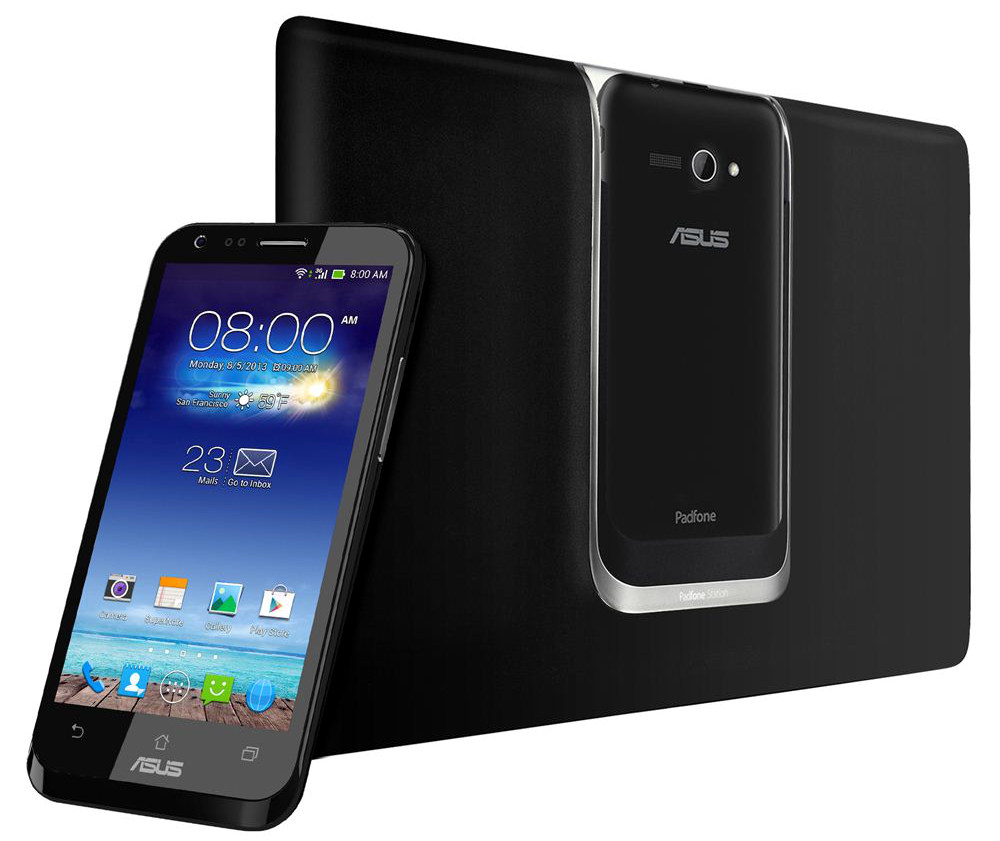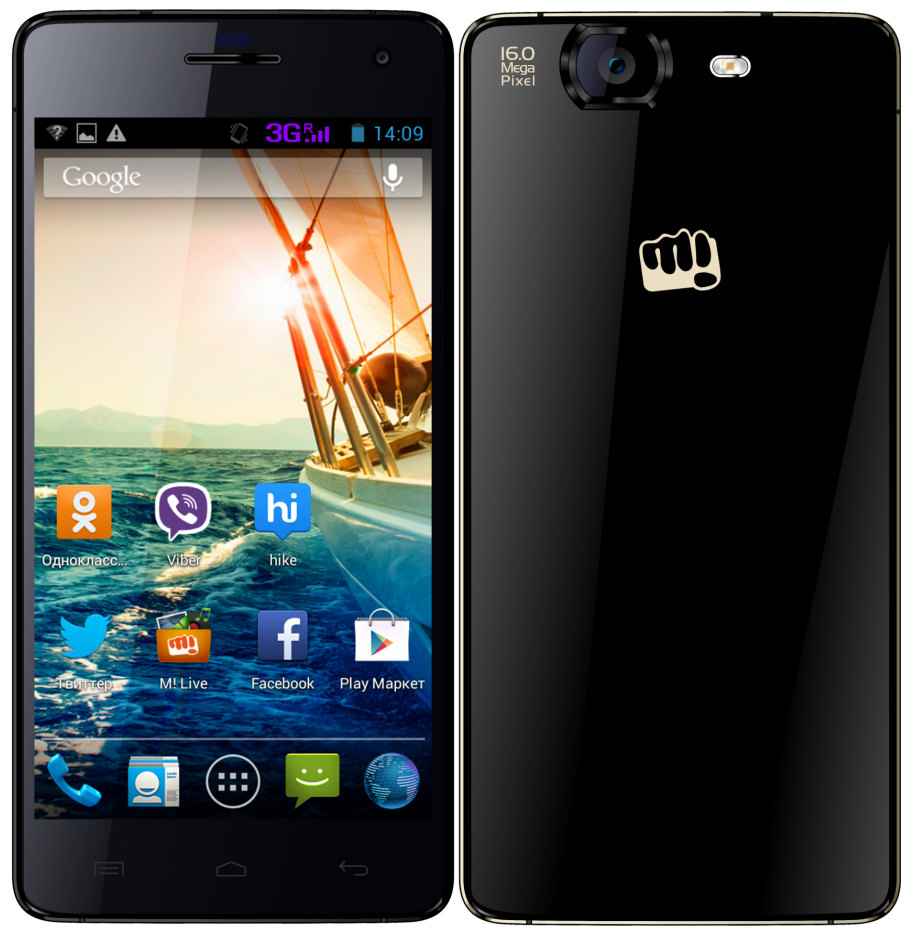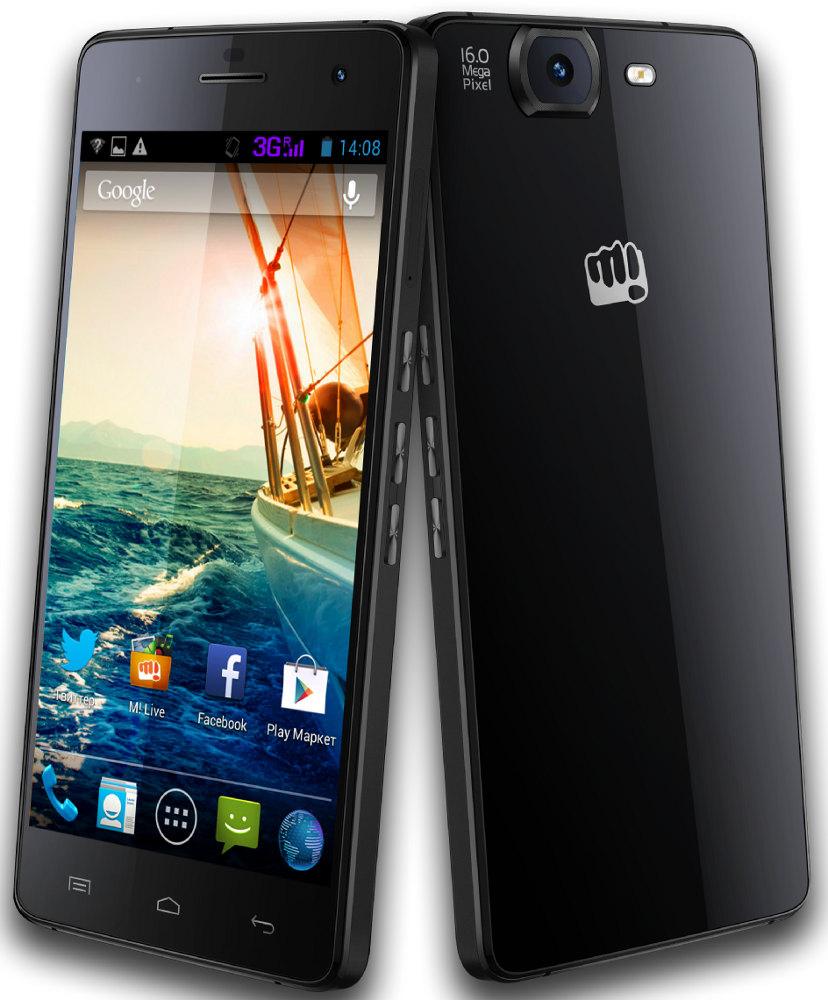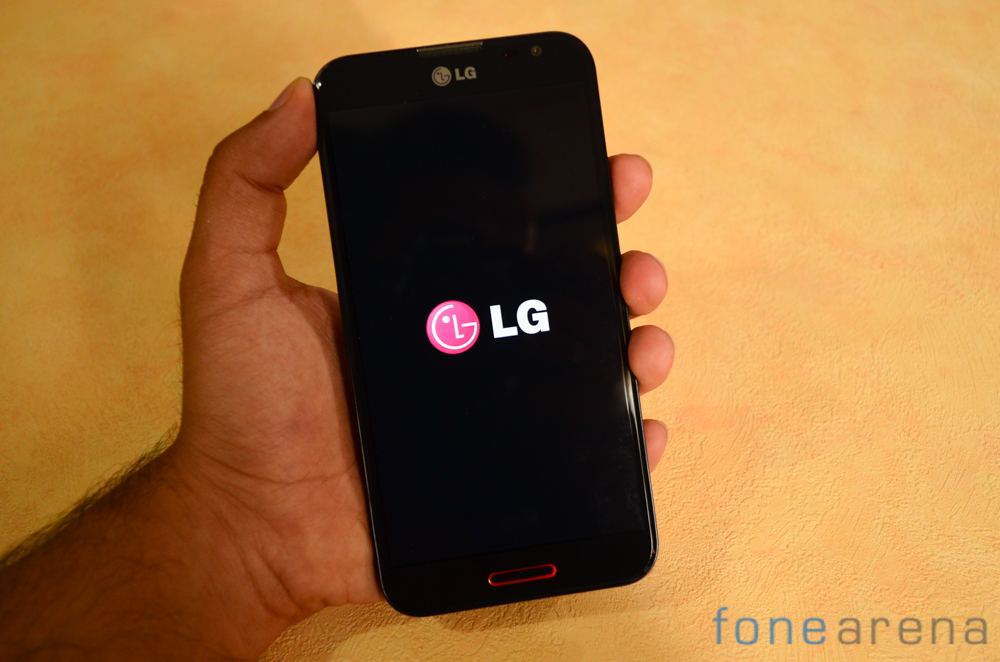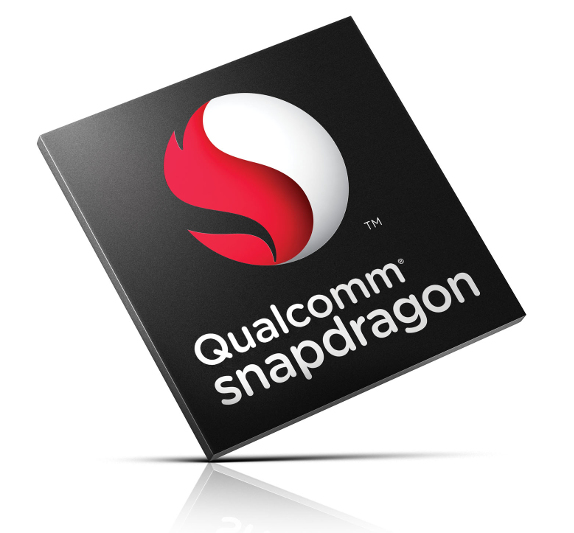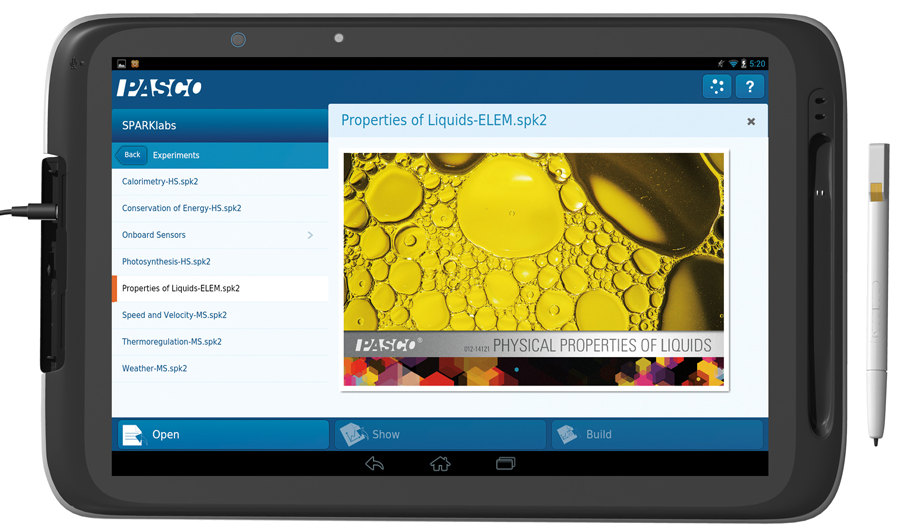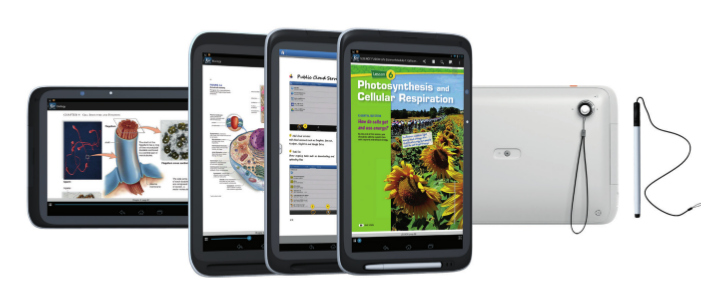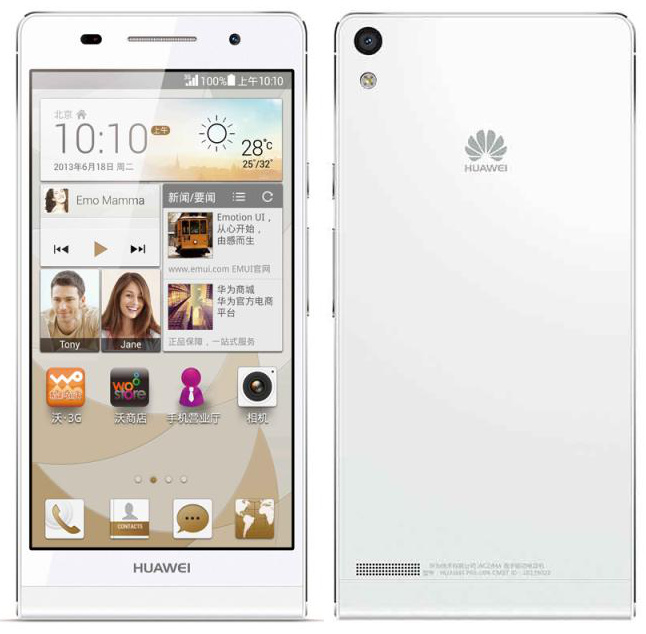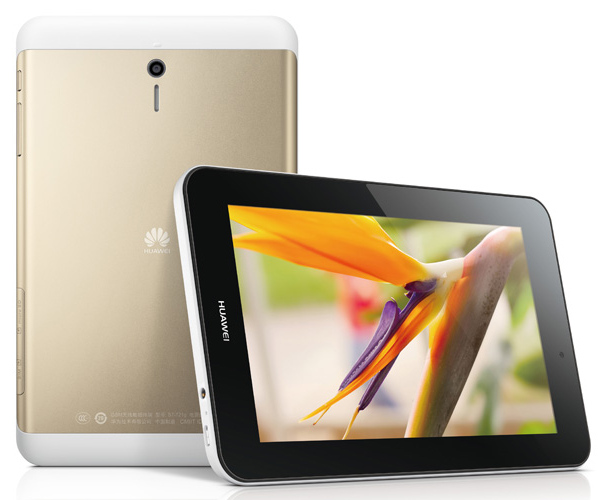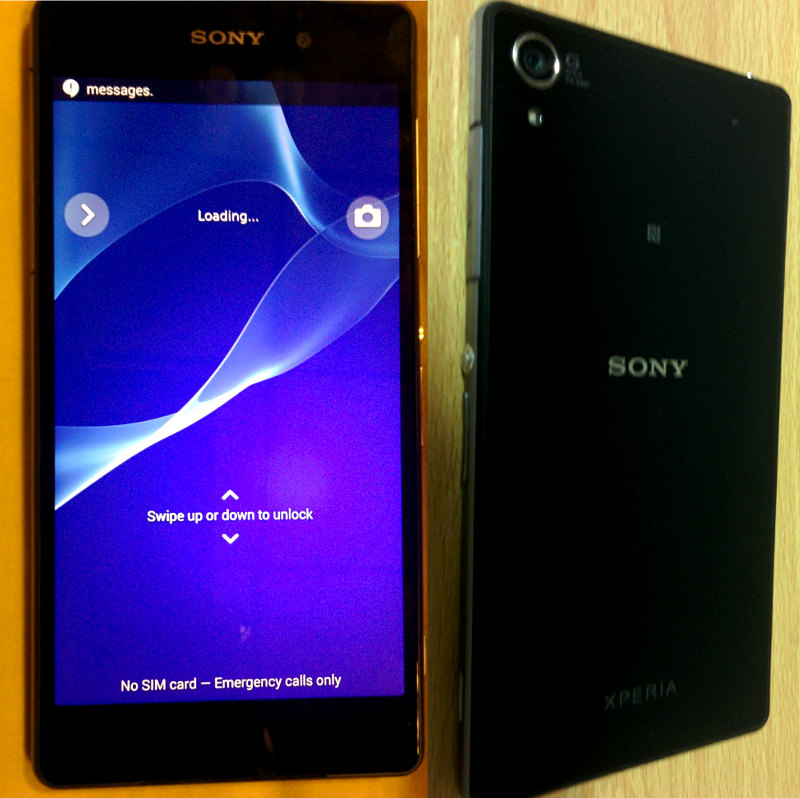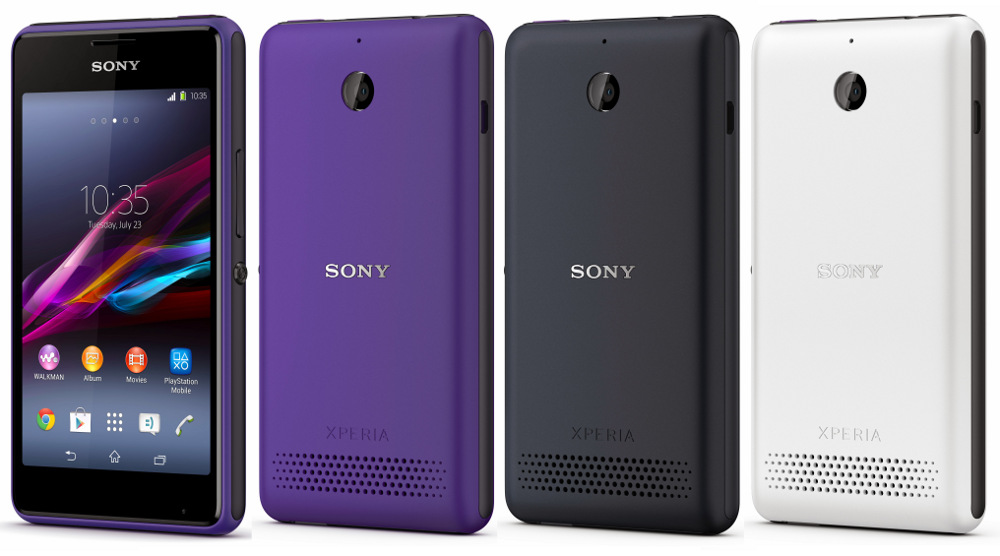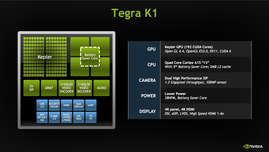Huawei announces dual-SIM B199 with 5.5" screen
Huawei announced the B199 dual-SIM Android smartphone as a successor to the A199, which debuted last April. Just like its predecessor the B199 has dual-SIM support with CDMA/GSM dual stand-by.
What's interesting is that the B199 packs a large 3,000 mAh battery
that can be used to charge other devices (with a dedicated cable). The
price of the B199 will be CNY1,999 or around $330.

The rest of the specs are a quad-core processor clocked at 1.6 GHz
(this time on a Snapdragon chipset and not the home-made K3V2 CPU), 2 GB
of RAM, 16 GB of expandable storage, 5.5" 720p display, 13 MP back and 5
MP front-facing cameras.
The back cover of the Huawei B199 is metal-clad. The smartphone
should begin selling in China on January 20 but there's no word on
global availability.
Huawei makes the MediaPad 7 Youth2 official
Huawei announced the successor to the affordable MediaPad 7
Youth tablet it launched last year. Predictably called the MediaPad 7
Youth2 (the lack of space is not a typo), the slate sports a metallic
frame surrounding its 7″ display of 1024 x 600 pixels resolution.

Under the nice looking aluminum gold back, there’s a Qualcomm
Snapdragon 200 chipset with quad-core 1.2GHzCPU and 1GB of RAM and 4GB
of internal memory. Thankfully, there’s a microSD card slot on board.
Additionally, the tablet sports a 4,100mAh Li-Po battery, which thanks
to Huawei’s Dynamic Power Management system promises to last longer than
usual.
At the back, there’s a 3MP camera, while at the back a front-facing
VGA shooter is good for occasional video chats. The Youth2 runs Android
4.3 Jelly Bean and as you’d probably guessed it, Huawei has put its
proprietary Emotion UI 1.6 on top.
Pricing and availability will be announced at a later date. However,
Huawei seems keen to take the Samsung Galaxy Tab3 Lite with its latest
Youth2 tablet. Samsung’s affordable offer stands at approximately $200,
but we’re yet to see if Huawei will be able to match or beat this price.
Sharp RW-16G1 is a 15.6-inch Windows 8.1 tablet
Sharp has announced a new tablet running Windows 8.1. The RW-16G1 is a
massive 15.6-inch tablet, designed more to be used on your desk than on
the move.

The 15.6-inch display has a resolution of 3200×1800 and uses an IGZO
panel. It also comes with a stylus with 256 step digitizer for pressure
sensitivity. Inside, there is a 1.6GHz dual-core Intel Core i5-4200U
processor with Intel HD Graphics 4400, 4GB of RAM and 128GB SSD. The
RW-16G1 claims to have a battery life of up to 9-hours.
No price has been announced so far but the tablet is expected to go on sale in March.
China launches its own, Linux-based mobile OS
China has unveiled a new,
government-blessed mobile operating system. Dubbed China Operating
System, or COS, the platform is based on Linux and is being developed by
the Chinese Academy of Sciences, in collaboration with Liantong Network
Communications Technology - a Shanghai-based company. The open-source
operating system is intended to break the existing monopolistic hold of
giants like Apple and Google on China's mobile market.
According
to the Chinese Academy of Sciences, foreign operating systems pose great
risks and issues, but "COS will simultaneously solve both security and
usability aspects". COS is built "completely independent"-ly, upon a
security-enhanced Linux kernel, which supports multiple runtime
environments, as well as multitasking. The platform will come with a
user-friendly interface and will be used in various devices, such as
smartphones, tablets, personal computers, smart handheld terminals, and
even set-top boxes.According to Chen Feili, the deputy general
manager of Liantong Network, China Mobile and China Telecom have been
testing COS for three months now. Feili has also stated that, at the
moment, four already-released Chinese smartphones run COS, but he hasn't
revealed the names of the manufacturers who have launched them.
According to some sources, HTC is one of the companies that support COS,
which might confirm the rumors we heard back in August.
The deputy manager of Liantong Network has also said that the goal of
the new mobile platform is to become one of the most used operating
systems in China. The China Operating System supports both JAVA
and HTML5 web applications, and is currently compatible with over
100,000 different apps. It seems like a unified app store for the new
platform is being developed, too.
New HTC One allegedly coming with larger screen, better dual-sensor camera in March
The
next-generation HTC One is allegedly coming with a larger, at least
5-inch display, a dual-sensor camera with improved UtlraPixel technology
and Qualcomm’s
‘later’
Snapdragon chip, according to a source who allegedly has direct
knowledge of the company’s plans. The source revealed for Bloomberg that
the new HTC flagship is planned to launch in March.The design
of the upcoming second-gen One is not expected to have changed much, and
the device should look roughly on par with today’s HTC One. There
is little surprise in the fact that HTC will bump up the screen size
slightly and that it’d use a ‘later’ version of the Qualcomm Snapdragon
chip, but a twin-sensor camera is definitely a huge surprise. Both
sensors will allegedly reside on the back of the second-generation HTC
One, and are said to improve focusing, depth of field and general image
quality. Interestingly, this will allegedly also be complemented with a
somehow enhanced UltraPixels. If all of that sounds a bit too vague, you
are not the only ones in such a position - HTC itself has not yet
officially commented on any of these claims.This, however, cannot not stop us from connecting the dots: a 5-megapixel twin-sensor camera was just recently announced by Toshiba at CES 2014.
And - surprise, surprise! - it also came with the promise of better
focusing. Moreover, Nokia is also said to be working on a similar
solution for an upcoming smartphone.
The second-gen HTC One is
said to arrive at the end of March, so we have all the time in the world
to make guesses - give us yours in the comments below.
Samsung's plans to launch Tizen smartphones on Japan's NTT DoCoMo carrier put on shelf
The most prominent carrier
partner for the upcoming Samsung-made Tizen operating system, Japanese
carrier NTT DoCoMo, has shelved plans to launch a Tizen phone. Today,
the carrier confirmed that it has put on shelf initial plans to bring a
Tizen smartphone to its lineup, saying that Android and iOS are already
too popular and the market is not growing fast enough for a third
platform.
"The market is not big enough to support three operating systems at this time," So Hiroki, a spokesman for DoCoMo, said on Friday.
DoCoMo
even quoted statistical figures by IDC Japan research showing that the
local smartphone market has grown by merely 2.2% in April to September
of 2013.
This is clearly a disappointment for Samsung, the
company that has put the immense effort to develop its own Tizen
operating system. The platform was first rumored to launch in late 2012,
then the release dates were pushed further away, to only arrive at this
indefinite decision by the main partner DoCoMo. Interestingly enough,
Tizen is not meant to arrive to the United States. The US market is seen
as too mature for yet another platform, so Tizen's focus is primarily
on markets outside the US like Asia and Europe.
The list of other
high-profile backers for Tizen includes Intel, Orange and Vodafone
group, so there are still chances for it to launch in other countries,
but the scale won’t be the same without DoCoMo. Latest whispers on the
street have suggested that Samsung might finally officially lift the
cover off real Tizen smartphones at Mobile World Congress, an event
kicking off in just a few weeks in Barcelona. Let’s wait and see.
Meanwhile, though, feel free to let us know your opinion about Tizen: do
we need yet another operating system and is there space for it?
Mid-range Oppo Neo now official, costs $215
The Oppo Neo is built around a 4.5" IPS LCD display, which is extra
sensitive and is capable of detecting touches even when you are wearing
gloves. The screen packs a rather low resolution of 854 x 480 pixels,
resulting in a pixel density of 217ppi .

This places the Oppo Neo straight up into the mid-range smartphone category, where it'll be providing backup for the Oppo R819.
The Neo is powered by a 1.3GHz dual-core CPU, but there's no
information of the processor architecture, internal memory or RAM at
this point.
The Oppo Neo weighs just 130 grams and measures 132 x 65.8 x 9.2mm,
which is pretty thin for the price range. It runs Oppo's ColorOS skin on
top of Android 4.2 Jelly Bean.
At the back, there's a 5MP snapper, while at the front, there's a 2MP
camera for video chatting. Specifications of the main camera are
missing at this point - we guess it's going to record up to 720p videos,
but Oppo is yet to confirm or deny that.
On the software side, the Neo features Quick reach, Oppo's
gesture-based feature that can trigger a variety of features. The motтo
of the phone is "Let your finger talk," which is an appropriate
description of the feature.
The Oppo Neo will also be available in a dual SIM version. In
Indonesia, the phone will retail for $215 (IDR2,599,000). There's no
information if Oppo plans to bring Neo to more markets. We'll keep you
updated as new information arrives.
Bing Tell Me voice assistant beta coming to WP handsets this April
According to latest online gossip, Microsoft’s Bing Tell Me voice
assistant, also known by its codename Cortana, should debut this April
at the annual’s BUILD conference. As previously suggested, Bing Tell Me
will be voiced by Halo’s Cortana actress – Jen Taylor.

Just like Google Now, the Windows Phone voice assistant can be
activated by a voice command (in this case “Bing Tell Me”) and it will
understand commands such as “… will it rain today?”, “.. when’s my next
meeting?” and “.. how do I get to the American Airlines Arena?”.
Bing Tell Me beta is expected to launch this April on various Lumia devices, probably with Windows Phone 8.1 update.
According to the tipster, Bing Tell Me will premiere on Windows Phone
first with support for US English. Then this fall the service should
hit iOS via a dedicated Bing app as well. Its endgame is reportedly
Windows 9, scheduled for the next spring, where the service is expected
to graduate from beta and gain support for lots of additional languages.
As usual, raising your hopes based on rumors with no official confirmation is not advisable.
Samsung's first 1080p Windows Phone 8 handset could be the SM-W750V
At the moment, Nokia is the only manufacturer that’s selling Windows
Phone handsets with 1080p displays. Of course, Nokia has pretty much
remained the only manufacturer that sells WP devices regardless of their
features. But Samsung, which leads the smartphone market thanks to
Android, might prepare a new WP flagship as well: the SM-W750V.

We first heard about the SM-W750V
in December, when we reported that the mysterious device had a 5-inch
display. As of today, the SM-W750V is approved by the Bluetooth SIG,
which seemingly confirms that what we have here is a phone - one that’s
made for North America.
What’s even more interesting is that the
UA profile of SM-W750V is now accessible at Samsung Mobile’s official
website, allowing us to see that the handset’s screen is a 1080 x 1920
pixels one. LTE and Internet Explorer are also mentioned - so the device
is indeed running Windows Phone.
To recap, Samsung SM-W750V is a
Windows Phone 8 handset with a 5-inch, 1080 x 1920 pixels display and
LTE connectivity, and it might be released in North America. Naturally,
we can’t be certain of anything until Samsung makes an official
announcement. Perhaps it will happen at MWC 2014 next month? Since it
won’t reveal its Galaxy S5 Android flagship there, the company can
certainly announce other high-end (albeit less important) devices at the
upcoming trade fair.
What do
you think, can a new 1080p WP handset from Samsung compete with Nokia's Lumias?
Intel’s Arizona factory launch gets delayed due to slowdown in the PC market
Intel has revealed that it’s going to delay the opening of its
completed chip facility in Chandler, Arizona. Called simply Fab 42, the
facility lacks the robots and infrastructure to actually produce
processors.

Instead of investing in Fab 42 right now, Intel spokesperson Chuck
Mulloy has shared the company’s plans to upgrade three of is other
factories. The reason behind the decision is that Intel will be able to
use the existing equipment that is already present.
Mulloy says the delay will not have any effect on Intel’s chip
output. It seems the rise of the smartphones and tablets market, which
was at the expense of PCs and laptops, has made Intel rethink its
factory strategy. We are yet to see whether the slowdown in PC
production will have noticeable mark on Intel’s financial results for Q1
of this year.
Windows 9 expected for an April 2015 release, but it's unclear if Microsoft knows that
We've heard some rumors about Windows "Threshold"
which is planned to unify at least two of the three major versions of
Windows - Phone, RT, and # (7, 8, etc.). Now, Microsoft super-newsman
Paul Thurrott is saying that Threshold will officially be called Windows
9, and it is planned for release in April of 2015. Unfortunately, it's
unclear if Microsoft knows about these plans.
Thurrott
says that this coming April at the BUILD 2014 developers conference,
Microsoft is planning to announce details of Windows 9, and that Windows
9 is planned to be released in April of 2015. Rumors have said that
Windows 9 will include the return of the Start menu, as well as options
to run Metro apps on the desktop. Of course, the big news as far as our
readership is concerned is the potential merging of Windows Phone and
Windows RT.
The trouble is that Microsoft may not be aware of these plans, because InfoWorld is
reporting that Microsoft hasn't actually started coding Windows 9 yet.
It took Microsoft six years after Windows XP to release Vista, two years
after Vista to release Windows 7, and three years after Windows 7 to
release Windows 8. If it is true that Microsoft hasn't started work, it
could be cutting it close if April 2015 is really the aim.
HP Slate6 VoiceTab and Slate7 VoiceTab go official
HP official
announced the two new devices. The first one is a phablet that is named
Slate6 VoiceTab and the second one is a tablet, which is dubbed Slate7
VoiceTab.

As the name itself suggests, both new additions will have the
voice-calling capabilities. The new entries are powered by quad-core
processors, which according to HP lets you multi-task without having to
compromise with its performance.
HP Slate6 and Slate7 are expected to come out with 6-inch and 7-inch
displays respectively. The devices are also rumored to run on Android
4.2.2 Jelly Bean out of the box, but the official hardware specs of the
both the devices are unknown at the moment.

Previous rumors suggest that the 6-inch Android phablet will be
priced under $250, while the 7-inch model is said to come with an even
more affordable $199 price tag. HP Slate 6 VoiceTab and HP Slate 7
VoiceTab is expected to go on sale in India, starting from next month.
We are on a lookout for more details on the HP Slate 6 and Slate 7
devices. We will keep you posted as and when we get to know more about
them.
Huawei B199 with 5.5-inch 720p display, 1.6 GHz quad-core processor launched in China
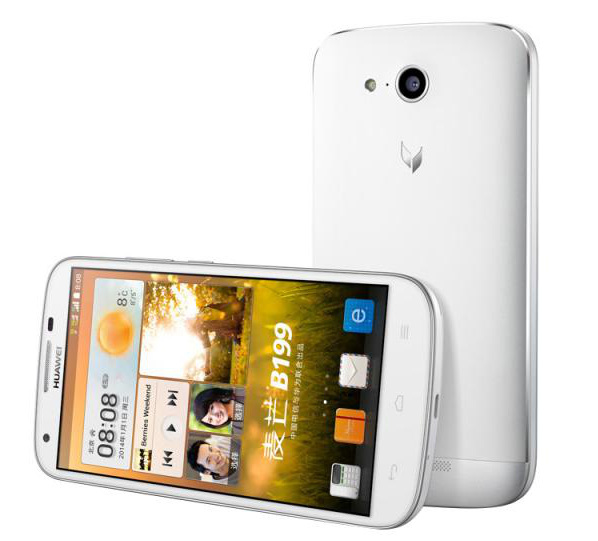
Huawei has launched B199, the company’s latest mid-range smartphone
for the Chinese markets. It has a 5.5-inch (1280 x 720 pixels) IPS
display, powered by a 1.6 GHz quad-core Qualcomm Snapdragon
(MSM8628) processor and runs on Android 4.3 (Jelly Bean) with Huawei’s
own Emotion UI 1.6 on top. It has a 13-megapixel auto focus rear camera
with LED flash and 1080p video recording and a 5-megapixel front-facing
camera.
It also comes with dual SIM support and packs 2GB of RAM and a 3000 mAh battery. Huawei launched the Honor 3X with a similar 5.5-inch HD display in China last month, but it has a Octa-Core MediaTek processor.
Huawei B199 Specifications
- 5.5-inch (1280 x 720 pixels) HD IPS display
- 1.6 GHz quad-core Qualcomm Snapdragon (MSM8628) processor
- Android 4.3 (Jelly Bean) with Emotion UI 1.6
- Dual SIM
- 13MP rear camera with LED Flash, f/2.2 aperture, 1080p video recording
- 5MP front-facing camera
- 3.5mm audio jack
- 2GB RAM, 16GB internal memory, expandable memory up to 32GB with MicroSD
- 3G (EVDO ) / 2G (GSM), WiFi 802.11 b/g/n, Bluetooth 4.0, GPS, USB OTG
- 3000 mAh battery
The Huawei B199 comes in White color and is priced at 1999 Chinese Yuan (~Rs. 20,300). No word on global roll out yet.
Motorola Moto G Google Play Edition announced

In somewhat of a bizarre announcement, Google just made the Moto G
Google Play edition available in the US and several other countries’
Play Stores. Unfortunately, it says “not available in your country” for
India, so we might have to wait a bit longer to get the Moto G here. But
here’s the thing, Google has just announced a Play Edition of a device
that already got fast updates
and has a stock interface. From our understanding, the Moto G Google
Play Edition will not carry any of Motorola’s additions(which are few
already) and will get updates at the same time as other Play Edition
devices. These are the only two things that are possibly different with
the Google Play Edition of the super “value for money” Moto G. It is
available for order on the Play Store for a price of $179, unlocked and
the 16GB version costs $199.
Like all the other Play Edition devices, the Moto G Google Play
Edition comes with the latest Android update, which is based on the AOSP
build of Android. The phone will get faster updates and will have no
skinning, while the hardware, in terms of specifications remains the
same. Here is a quick recap of the Moto G’s specs -
- 4.5-inch (1280 x 720 pixels) edge-to-edge display at 329 ppi with Corning Gorilla Glass protection
- 1.2 GHz quad-core Qualcomm Snapdragon 400 processor with Adreno 305 GPU
- Android 4.4 (KitKat)
- 5MP rear camera with LED flash, 720p HD video recording at 30fps
- 1.3MP front-facing camera
- 6.0-11.6 mm thick (curve) and weighs 143 grams
- 3.5mm audio jack
- 720p HD video playback
- 1GB RAM, 8GB/16GB internal memory
- 3G, WiFi 802.11 b/g/n, Bluetooth 4.0, GPS, GLONASS
- 2070 mAh battery
We had reviewed the Moto G a while back and found it to be really
awesome for the price it comes at. So, if you are still waiting and are
deciding on whether to go for it, or want to see what all Motorola has
added in terms of software, read our full review.
With this Play Store addition, we might see Google launch the dual SIM Moto G in India,
using the same distribution model(like the Nexus 5 and the Nexus 7
here), but we are not sure if that would be a Google Play Edition device
or otherwise. Only time can tell, so hang on until that elusive
announcement happens, we’ll be the first to report to you if it does.
Meanwhile, let us know what you think of this announcement, in the
comment section below.
AMD boasts its next gen chip is better than Intel’s
If you’re a PC gamer, then you’re familiar with AMD’s line of
processors. The company introduced the first dual-core chipset back in
2008 and has always been at the forefront of the CPU advancement game
with quad-core and octa-core processors. Now AMD has upped the ante with
Kaveri, a processor which offers ’12 compute cores.’

The chipset actually offers four CPU and 8 GPU cores which, according to AMD, provide for unrivaled gaming experiences on PCs.
GPU cores were previously thought to be used primarily for 3D
rendering, but they can also be used for other computing tasks as well.
So what does AMD claim the Kaveri can do? The chip manufacturer
promises that it can play the current crop of PC games at 30fps without
the need of a dedicated graphics card. Also, Kaveri costs $173 –
significantly cheaper than Intel’s Haswell Core i5, which is currently
priced at $242.
There were some tests run on the Kaveri chips on a variety of titles
and it seems that, for the most part, AMD wasn’t telling tall tales.
Bioshock Infinite was run on low detail settings on at 1080p, and it
did indeed keep a steady 30fps. AMD claims that more graphically
intensive titles, like Battlefield 4 (which is coming with Kaveri chips)
will also run at 30fps. Keep in mind however, that you’ll need to turn
low detail settings on.
Two other features offered by AMD’s Kaveri are Mantle and TrueAudio.
Mantle is a programming tool which supposedly offers higher performance
even at reduced power settings. Battlefield 4 is optimized to work with
Mantle, so it’s probably why AMD is making a big fuss about their
processor performing well with the title (it also happens to be an
insanely popular game).
TrueAudio allows for the total number of voices and sounds to be
heard at the same time in a game. It also assists in breaking down sound
location data with regards to distance and direction, giving gamers a
more involved audio experience.
Early impressions of the chip are positive and, if paired with a
graphics card, Kaveri should be a PC gamer’s delight, especially for the
price.
Sony Xperia E1 with 1.2Ghz dual core processor, 4inch WVGA display announced
Sony’s brand new launch, the Xperia E1 is its latest entrant into the
mid range segment. Aimed at competing in the entry level, budget
segment, the Xperia E1 is the successor to the fairly popular Xperia E
that was launched last year.
Specifications
- 1.2Ghz Dual Core Snapdragon 200 Processor
- 512MB RAM
- 4GB storage, microSD expansion up to 32GB
- 4 inch 800×480 display
- 3MP camera with WVGA video recording
- 1700 mAh battery
The phone is powered by a 1.2 Ghz dual core Qualcomm Snapdragon 200
MSM8210 processor. This is paired with 512MB of RAM and 4GB of storage.
You go however get a microSD card slot to increase that storage. The
battery is somewhat diminutive at 1700 mAh but should suffice to power
the handset for a day of average usage.
Sony has also announced a dual SIM version of the device which’ll be
called the Xperia E Dual. An interesting feature that Sony is plugging
here is xLoud and a rated 100Db speaker. Sony claims that its
ClearAudio+ and xLoud technologies will be able to deliver crystal clear
audio even at very high volumes.
There’s a dedicated Walkman key onboard the phone and shake to
shuffle support in the music application. The camera is a bit poor at
just 3MP and can shoot WVGA video at max.
Sony Xperia T2 Ultra and T2 Ultra dual with 6-inch 720p display, 13MP camera announced
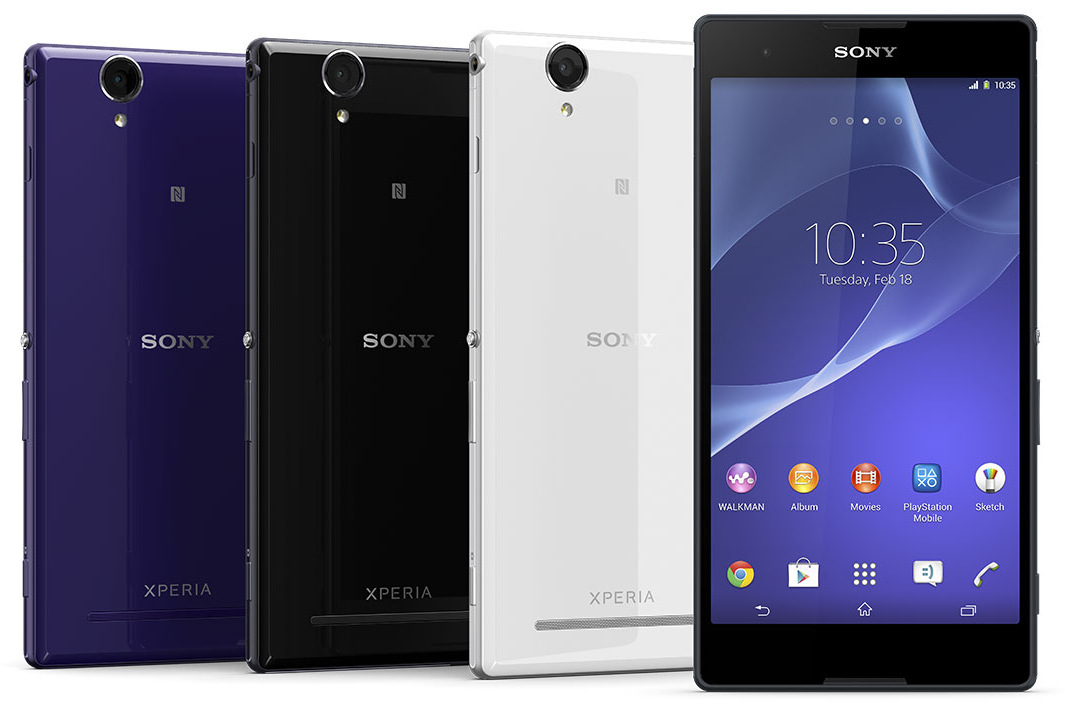
Sony Mobile has announced the Xperia T2 Ultra and its dual SIM
variant, the Xperia T2 Ultra dual. These have a 6” (720 x 1080
pixels) HD TRILUMINOS Display for mobile with X-Reality picture engine,
powered by a 1.4 GHz quad-core Qualcomm Snapdragon processor and runs on
Android 4.3 (Jelly Bean). These pack a 13-megapixel rear camera Sony
Exmor RS sensor, LED flash and 1080p video recording and a 1.1-megapixel
HD front-facing camera with Sony Exmor R sensor.
The phone has 73.6% screen-to-body ratio with smaller bezels.
The Sony Xperia T2 Ultra dual lets users set up both SIM cards
independently with custom ring tones and one-touch switching between
SIMs. It lets users can keep both SIMs active at all times – so you can
talk on one SIM, and still receive calls on the other.
Sony Xperia T2 Ultra and T2 Ultra dual specifications
- 6-inch (720 x 1080 pixels) HD TRILUMINOS Display with X-Reality picture engine for mobile
- 1.4 GHz quad-core Qualcomm Snapdragon (MSM8928 for LTE and MSM8228 for 3G) processor with Adreno 305 GPU
- Android 4.3 (Jelly Bean MR2)
- 13MP rear camera with Sony Exmor RS sensor, LED flash, 1080p video recording
- 1.1MP HD front-facing camera with Sony Exmor R sensor
- Dual SIM (Optional, only in T2 Ultra dual)
- 7.65mm thick and weighs 170 grams
- 3.5mm audio jack, FM Radio with RDS
- 1GB RAM, 8GB internal memory, Upto 32GB expandable memory via microSD card
- 4G LTE / 3G HSPA+, WiFi 820.11 a/b/g/n ( 2.4 GHz/5 GHz), Bluetooth 4.0 with APT-X, GPS/ GLONASS, NFC
- 3000mAh Battery with STAMINA mode
The T2 Ultra and T2 Ultra dual are aimed at emerging markets in
China, the Middle East, Africa and the Asia Pacific, says Sony. These
phones come in Black, White and Purple colors. No word on pricing yet.
Google acquires Nest Labs for $3.2 billion in cash
Google acquired the designer and manufacturer of home products Nest
Labs. The search engine giant paid $3.2 billion in cash for the Palo
Alto-based company.

Founded in 2010, Nest brings modern design and functionality to ubiquitous home products.
The
company has a learning thermostat and a carbon monoxide & smoke
detector currently on sale. Both gadgets connect with Android and iOS
devices to enhance their usual functionality.
Nest will continue to operate with its own brand, under the
leadership of its founder and current CEO Tony Fadell. Google is yet to
announce its plans for Nest Labs, though some sort of home
implementation seems more than likely.
The acquisition is expected to close in the next few months after the usual round of regulatory approvals.
Nokia Normandy shows its color range in a leaked image
The unannounced Nokia Normandy showed up yet again. This time around, the low-cost Android smartphone revealed its color range on Twitter, courtesy of
@evleaks.

The leaked press image reveals the smartphone in six different colors
– white, black, red, yellow, green, and cyan. They fall right in line
with those of the budget-friendly Nokia Asha 503.
Furthermore, the press image showcases the homescreen of the Nokia
Normandy, where Nokia MixRadio and dual-SIM functionality capture the
attention. Curiously, with various apps on it, the homescreen resembles a
lot the Windows Phone UI of the Nokia Lumia range.
Rumored specs
for the Nokia Normandy include Qualcomm Snapdragon 200 SoC, 4” FWVGA
display, 5MP camera, and Android 4.4.1 KitKat. The smartphone is tipped
for a launch during MWC 2014 next month in Barcelona
Samsung demos 5.68″ foldable AMOLED display at CES 2014
Samsung has already put its flexible display technology into
production with the Galaxy Round, but the company is going one step
further as it has showcased its first foldable screen. The demo has been
conducted at CES to VIPs in the Encore, Las Vegas, where, according to
the
ETnews sources, the company has shown a 5.68″ prototype.

Interestingly, the display of the AMOLED variety, but unlike the
flexible display of the Round, the new method used in the foldable
display allows it to bend in two.
The new
foldable display is also touch sensitive, thanks to a new tech Samsung
has developed. It allows the engineers to place a touch screen panel
using a layer of metal mesh technology.
Galxay Round’s flexible display, which uses ITO (indium tin oxide),
can only bend to a certain degree before having its connectors snapped.
Samsung won’t be placing the display into mass production until 2015, so
we still have to wait for a while before we get a Galaxy Gear
smartwatch, which at the push of a button turns into a 5.68″ smartphone
Unannounced Samsung device with 5.5-inch screen surfaces
Samsung's yet-to-be-announced smartphone with a model number GT-I9405
has surfaced on the Indian import and export tracking site
Zauba.
According to the data, Samsung has shipped a device with model number
GT-I9405 to India for testing and evaluation. The model naming scheme
suggests that the device could be placed between the Galaxy S III (I9300/I9305) and the Galaxy S4 (I9500/I9505), but these are just speculations at this point.

The mysterious device will sport a 5.5-inch screen and will have a
single SIM card slot. The hardware specifications fall in line with the
recently leaked Galaxy Note Neo phablet and Samsung could well be testing the upcoming device with different model numbers.
We will be on a lookout for more information on the GT-I9405 and we will keep you posted when we hear more about the device
Nvidia Tegra K1 GPU benchmarked, found to be a real beast
The NVIDIA Tegra K1 (Tegra
5) is an ARM-based SoC (System on a Chip) made largely for high-end
Android tablets and smartphones. Its main features include an integrated
five ARM Cortex A15 cores (4+1), a Kepler-based graphics card with 192
CUDA cores, a dual-channel 64-bit memory controller (up to 4 GB), video
codecs for encoding and decoding up to 4k content and dual ISP. It is
built at TSMC under a 28nm HPM process for improved peak performance (in
contrast to the 28nm HPL process of Tegra 4 which is optimized for low
leakage).
Later in 2014, Nvidia will introduce a second
version of Tegra K1 with two "Denver" cores at up to 2.5 GHz. Similar to
Apples "Cyclone", Denver is alredy 64-bit capable (ARMv8) and has been
developed by Nvidia itself. Especially the per-core performance should
be significantly above the Cortex-A15 model.
| Series | NVIDIA |
| Codename | Logan (Cortex-A15 "r3" + Kepler-GPU) |
| Clock Rate | 2300 MHz |
| Level 1 Cache | 256 KB |
| Level 2 Cache | 2048 KB |
| Number of Cores / Threads | 4 / 4 |
| Manufacturing Technology | 28 nm |
| Features | 2x 32 Bit Dual-Channel Memory Controller (DDR3L, LPDDR2/3, max. 2.133 MHz), Kepler-GPU, Dual ISP, 4K Encoder + Decoder, USB 3.0 |
| 64 Bit | no 64 Bit support |
| Announcement Date | 01/06/2014 |
As with the Tegra 4, NVIDIA uses four ARM Cortex A15 cores
as the main processing power for the Tegra K1. In addition to this, a
further lower-clocked "companion core" is used to save power. Compared
to the Tegra 4, Tegra K1 uses a newer revision of the A15 architecture
(r3) and clocks the main cores up to 2.3 GHz - much higher than
the 1.8 GHz or 1.9 GHz Tegra 4. Furthermore, NVIDIA claims up to 40%
more performance at the same power compared to the previous generation.
The companion core can run up to 1 GHz independently from the 4 main
cores, but is typically clocked at 500 MHz for lower consumption. It is
used only for power-saving purposes and not for additional performance.
The
integrated graphics card has received the most significant upgrade in
the Tegra K1 chipset. Nvidia has finally made the move to a unified shader architecture. It integrates a full-featured Kepler-based graphics card that includes a single SMX with 192 CUDA cores, 8 TMUs and 4 ROPs. Therefore, Tegra K1 offers about half the power of a GK208 chip (384 shaders, 32 TMUs, 8 ROPs) such as a GeForce GT 730M or 740M. This is a big step forward compared to the GeForce ULP in the Tegra 4 SoC,
which was based on an old architecture with dedicated pixel- and vertex
shaders that is similar to the GeForce 6 series of 2004 and supported
only OpenGL ES 2.0. The new graphics card supports OpenGL 4.4 and
DirectX 11 in hardware, or well above the current OpenGL ES 3.0
standard that is most common amongst the majority of mobile operating
systems. Furthermore, the Kepler GPU can be used for general
calculations using CUDA and OpenCL 1.1 (1.2 in theory). As an example,
Nvidia has shown how to perform real time video effects using the GPU
and CUDA (Chimera 2).
To
drive two independent cameras, Tegra K1 integrates a dual ISP with 600
Mp each. Both ISP support cameras with up to 100 Mp and 14-bit input.
The integrated video engine of Tegra K1 is advertised as 2K and 4K-capable
for hardware video encoding/decoding. According to Nvidia, the SoC most
likely requires processing assistance from additional CPU cores for 4K
content. 4K can be decoded at 30 fps and encoded at 24 fps. 1080p videos
on the other hand can be decoded with up to 120 fps and encoded with 60
fps.
Performance
Nvidia claims to outperform all current high-end competitors like the Apple A7, Qualcomm Snapdragon 800 and Samsung Exynos in processor and graphics card performance.
The four Cortex-A15 r3 CPU cores can be clocked up to 2.3 GHz (no higher frequency available for single thread load) and are advertised as fast and efficient. Compared to the Tegra 4
A15 cores, performance has increased by up to 1.4x at the same power
level. In the SPECInt2K benchmark, Nvidia claims more than 1400 points
compared to the nearly 1200 points of Tegra 4 while needing less power
(see slide). To compare performance against the competition, Nvidia
chose the largely single-threaded Javascript benchmark Octane where the
Tegra K1 was able to beat a Krait 400 (or Qualcomm Snapdragon 800) at every power level. Nvidia also claims a performance-to-power ratio similar to that of the Apple A7
at 1300 MHz and a 2 Watt power envelope. The announced Snapdragon 805,
however, features new Krait 450 cores that can be clocked even higher at
up to 2.5 GHz. Therefore, the performance of the new Qualcomm should be
similar to the Nvidia offering according to press release
specifications.
Since the Tegra 4 is already on par with the
current fastest mobile offerings like Snapdragon 800 or the Exynos 5
Octa 5420 (especially the fan equipped Nvidia Shield Tegra 4 running at 1.9 GHz), the performance claims of Tegra K1 sound reasonable. The move to 28nm HPM
and the 3rd revision of the A15 design should make this performance
jump possible. Samsung could also make the same move with their
Exynos-based SoC in the near future.
CPU Benchmarks
| 3DMark (2013) in comparison |
| Qualcomm Snapdragon APQ8060A (min) |
5570
|
| ... |
|
| Qualcomm APQ8064T |
12862
|
| Qualcomm MSM8974 |
14260.6
|
| NVIDIA Tegra 4 |
14635.5
|
| NVIDIA Tegra K1 |
16299
|
| AMD A-Series A6-5200 |
25304
|
| Intel Core i5 4200M |
38597
|
| ... |
|
| Intel Core i5 4200M (max) |
38597
|
However,
what Samsung cannot easily do is move to a new graphics architecture.
This is where Tegra K1 stands out, as it implements a full version of
the Kepler core that is found from laptops up to supercomputers. In a 7-inch Tegra K1 reference tablet, Nvidia claims the ability to render 60 fps in the GFXBench 2.7.5 T-Rex offscreen test. In our benchmarks, the PowerVR G6430 in the iPad Air was the fastest ARM-based SoC GPU, which achieved only 27 fps. The similarly sized iPad Mini Retina managed 25 fps in the same benchmark. 60 fps would be similar to a Haswell-based Intel HD Graphics 4400 (e.g. in the 4200U). The Adreno 330 achieved 20 - 24 fps in our benchmarks (e.g. in the Galaxy Note 3 or 10.1).
Even the announced Adreno 420, which should be up to 40% faster than
its predecessor, is not expected to outperform the Tegra K1. Thanks to
the 128 Bit memory interface and similar feature support it could play
in the same league however.
|
Tegra K1 Reference Tablet
Tegra K1 |
|
Toshiba Satellite S70-A-10F
Core i7-4700MQ; GeForce GT 740M |
|
Acer Aspire V5-573G
Core i5-4200U; HD Graphics 4400 |
|
HP Spectre 13-h205eg x2
Core i5-4202Y; HD Graphics 4200 |
|
Apple iPad Air
A7; G6430 |
|
Apple iPad mini Retina
A7; G6430 |
|
Samsung Galaxy Note 3 SM-N9005
Snapdragon 800; Adreno 330 |
|
Toshiba eXcite Pro AT10LE-A-108
Tegra 4 |
|
|
|
In an early release candidate version of GFXBench 3.0,
the Tegra K1 was able to score 2x as many points as the PowerVR G6430
in the iPad Mini Retina according to Nvidia. As other benchmark results
were not shared with us, users should keep in mind that these two
results may be under ideal conditions for Tegra K1 and performance in
other benchmarks may be lower. However, the specifications and GFXBench
results indicate that the Kepler GPU in Tegra K1 will be the fastest graphics card in ARM-based chips
(at least for the moment, as of early 2014). Combined with the advanced
feature sets that exceed the current Android standard OpenGL ES 3.0
(including Tessellation, Geometry Shading, ASTC Texture Compression,
...), Tegra K1 promises to be a serious mobile gaming platform. However,
the competing Snapdragon 805 also supports DirectX 11 and therefore a
similar feature set. Compared to the previous generation of gaming
consoles (PS3 and XBox 360), Tegra K1 could offer similar CPU
performance and better GPU performance. However, console developers are
quite skilled at optimizing the games for the hardware and gaming on
Android and IOS is still evolving.
Nvidia
emphasized the power efficiency of the Tegra K1 SoC in their
presentation. Processor and graphics card should be able to beat the
competition on all power levels according to Nvidia. The TDP for the
entire chip is rated at 5 W, however the slides did not mention any
reference to the clock rate. It is very likely that there will be
several versions of Tegra K1 for different devices like smartphones or
tablets, which differ in clock rate and power consumption.
Nvidia
was rather vague about the design wins for Tegra K1. They only divulged
to the press that they expect a lot of mobile devices with Tegra K1 in
the near future. An updated version of the Shield is also expected, though a retail Tegra K1 version of the Tegra Note 7
has not been confirmed as of this writing. We expect to see additional
form factors spanning both smartphones and tablets with the Tegra K1
hardware.
:: No reviews found for this CPU (yet).
Samsung Galaxy Note 3 N9005 gets Android 4.4.2 KitKa
Hot on the heels of the leaked KitKat build for the Galaxy S4 comes the Galaxy Note 3 build. The firmware number N9005XXUENA6, leaked by
SamMobile, is said to be one of the final builds for the Note 3,
which means all the features present in this build are final and only a
few bug fixes will be made before it starts rolling out officially.
Update: The ROM has now started officially seeding to the
Galaxy Note 3 units in Poland and a few other European countries. More
should be joining the list in the next few days.

Among the many changes in this build, the ones that are most visible
is the presence of white notification icons. This is an interesting
change for Samsung who never really adopted the previous blue icons in
Ice Cream Sandwich and Jelly Bean, choosing to go with it's own color
scheme every time. Some of the other visible changes include fullscreen
album art on the lockscreen and a new camera shortcut button. The
performance is also said to be substantially improved in both actual
usage and benchmarks.
This build is for the N9005 model only, which is the one that runs on
the Qualcomm Snapdragon 800 SoC with LTE support. If you have this
device and can't wait for the official update to be available (which
could take months), head over to the link below.
Beats Music streaming service launches on January 21
Beats Electronics is launching its new Beats Music service in the US.
The service will be available starting January 21 and will be available
in single and family plans, the latter being exclusive to AT&T.

One of the highlights of the Beats Music service is the curated
content tailored for your needs. The service uses algorithm and curation
from its staff to suggest music to you based on what you like and
listen to.
It will be available in two
options, a single user subscription with a $9.99 monthly fee for use on
three devices and a monthly plan at $14.99 for five people to stream on
ten devices. The latter plan is exclusive to AT&T for now and also
requires you to subscribe to AT&T’s cellular family plan.
Along with streaming, Beats Music will allow users to download the
songs and play offline as long as you are still subscribed to the
service.
You can try out the service for 30 days for the single user model or
90 days for the family plan if you’re an AT&T customer. Everyone
else gets to try the service for 7 days. The service will be available
next week with a 20 million song library and available on iOS, Android,
Windows Phone 8 and the web.
Android in December 2013: KitKat, Jelly Bean on the rise
Google released its traditional monthly Android version distribution numbers. The latest state of the platform saw Android 4.4 KitKat add a bit to its share and the latest release now powers 1.4% of all droids.
Despite not being the most current, Android Jelly Bean continues to
gain ground. Its oldest 4.1 build slid 1.5 points to a share of 35.9%,
which still makes it the most widely adopted single release out there.
However, the two newer JB versions – 4.2 and 4.3 grew by 2.5 percent
points each, bringing the total Jelly Bean share to 59.1 percent.
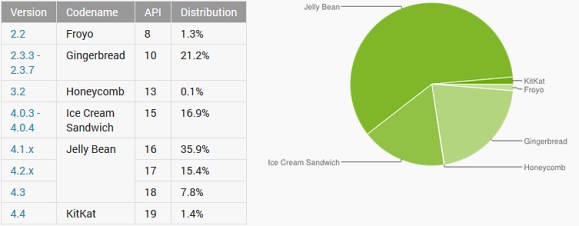
Android 2.2 Froyo, 2.3 Gingerbread, and 4.0 Ice Cream Sandwich on the
other hand, continue their decline. All three versions dropped their
cut of the overall distribution. Gingerbread and Ice Cream Sandwich were
the biggest losers with 2.9% and 1.7% drops respectively, which is
actually more than they lost last month, hinging at updates
intensifying.
Curiously, Android 3.2 Honeycomb is still refusing to disappear form
the map. The tablet-only Android version continues to sit on a 0.1%
share – it has been there for a few months now.

